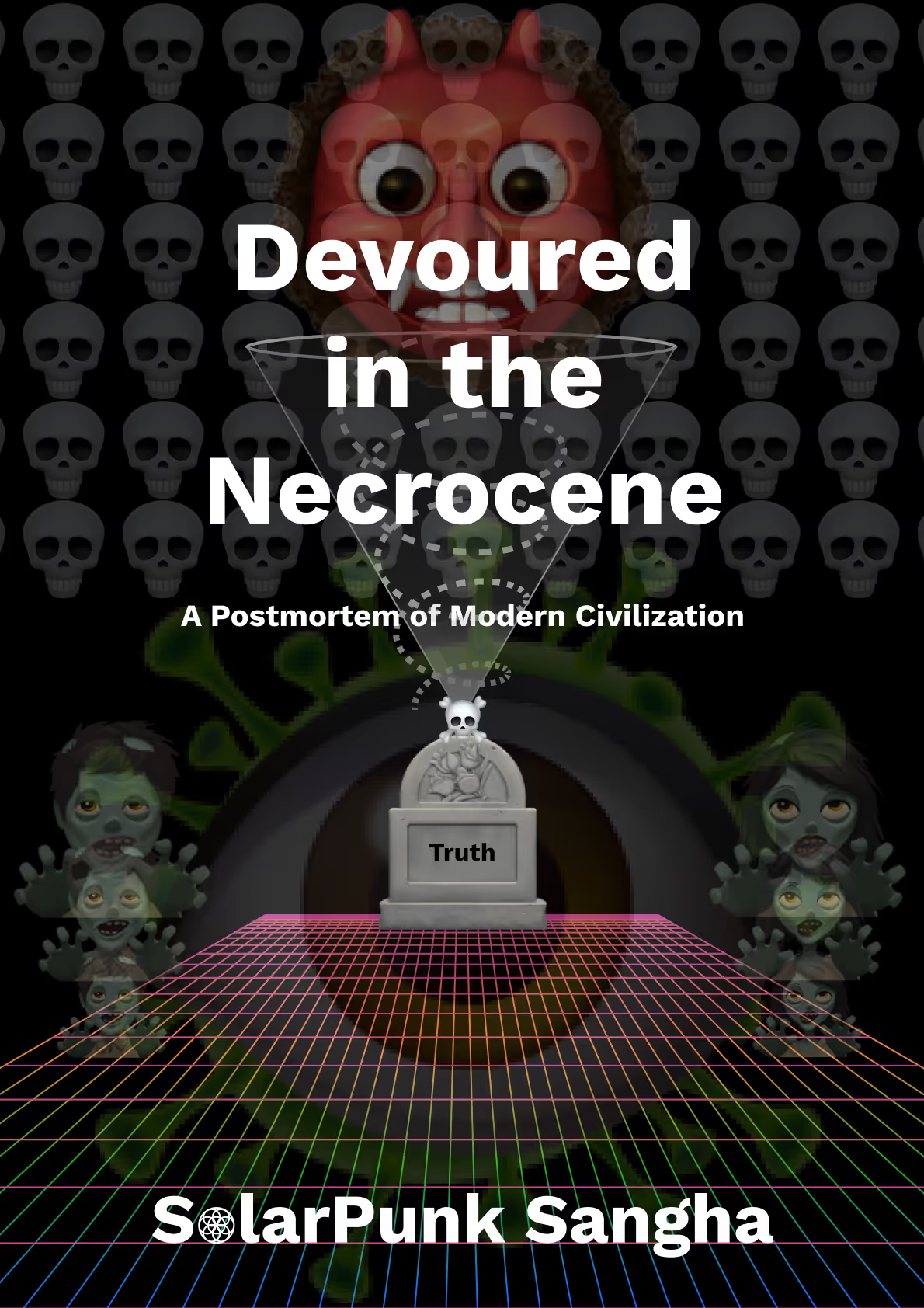Guided Activity
Operational Mechanisms
✴️ Symbiotic Commonwealth
🔮 Sustainability Theorems
A cross-domain analysis of Political, Economic, Cultural, and Ecological theories.
Political Theory
Restorative Justice
Economic Theory
Universal Basic Services
Cultural Theory
Radical Inclusion
Ecological Theory
Regeneration
Direct Nurturance: Activities that build community and ecological health.
📑 Observations
Establishing a triage containing observations of social experience.
🪞 Self-Enquiry
How would access to Universal Basic Services change the possibilities in my life, and what would it take to replace punitive systems with Restorative Justice and Radical Inclusion in my circles?
🩺 Diagnosis Questions
1. Do interventions repair harm and relationships?
2. Does inclusion strengthen community fabric?
3. Are basic services treated as rights?
Related Variables
- Restorative justice outcomes
- Social inclusion metrics
- Universal service access rates
"Strive earnestly to be filled with compassion. Regard others as equal to yourself." — The Buddha, Samyutta Nikaya
🩻 Targeted Organ
The Hands of Nurturance
Capacity for Active Care
🧾 Rationale
To constantly repair the social and ecological fabric, strengthening the whole.
💉 Extraction/Cultivation
Universal basic services, radical inclusion policies, and ecosystem restoration work.
😷 Defense/Propagation
Solidarity in Action: The community's reflexive response to uplift any member facing hardship, preventing isolation.
❌ Tetrad Analysis
- Object of Perception: Social Interventions
- ENHANCES: Healing; inclusion; regeneration; community building; dignity
- OBSOLESCES: Punitive measures; exclusion; degradation; social fragmentation
- RETRIEVES: Ancient community healing practices integrated into modern institutions
- REVERSES INTO: Nurturing activities make punitive systems obsolete
📝 Partial Diagnosis
Healing Interventions: Justice restores rather than punishes; inclusion creates belonging; services ensure dignity for all.
⚗️ Research Repository
🔮 Engagement Circle
🧊 Life Course
🎓 Case Study
Finland's Comprehensive Social Services Model (2000s-present)
Finland's integration of universal basic services (housing, healthcare, education), restorative justice practices in schools and communities, radical inclusion policies for immigrants and marginalized populations, and regenerative approaches to social policy demonstrates guided activity principles.
Sources: KELA (Social Insurance Institution of Finland) | Finnish National Agency for Education | Nordic Council of Ministers
📚 Literature
"The Little Book of Restorative Justice" by Howard Zehr (2015)
Zehr's foundational text on restorative justice provides framework for guided activity that heals harm through community-centered processes rather than punitive systems.




